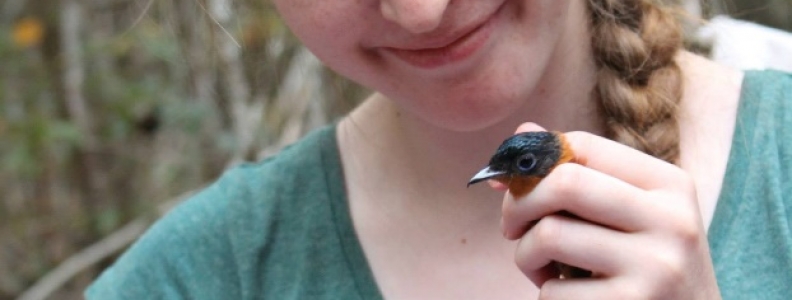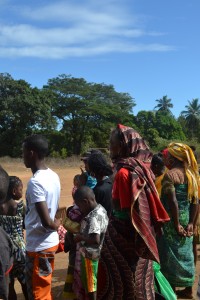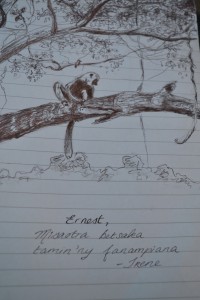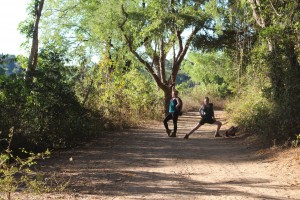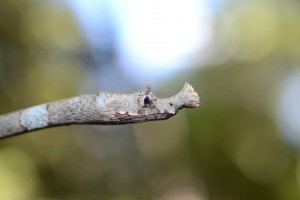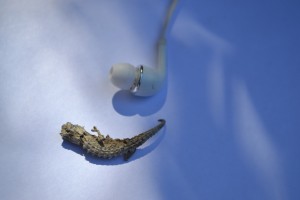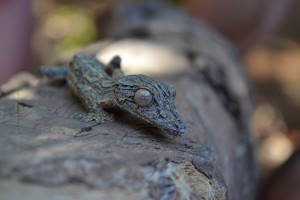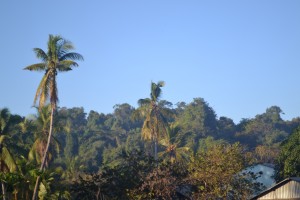Life as a Zoologist: Research in Madagascar
In the summer of 2015 I spent six weeks living in a remote camp in a patch of dry deciduous forest in North West Madagascar. There was no running water, limited electricity, and the food…well, it kept y’going. And I’m so, so incredibly grateful I got to do that.
I went to Madagascar with three other final year Zoology students of UCD. We all had one mission in mind- to gather data for our final year projects (a 20 credit dissertation). Our trip was, in part, facilitated by a wildlife and biodiversity conservation organisation called Operation Wallacea. They established the site, and provided us with internal travel, tents, food, water, and some academic advice and supervision. The camp was run by Malagasy people. The guides who patiently accompanied troupes of sweaty, whingey students on treks through the forest were local men from Mariarano (they can spot lemurs, chameleons and other forest dwellers insanely fast, even at night).
The coquerel’s sifaka is the animal who enticed me to Madagascar. I’m passionately interested in all animals, but these guys are great. They are large diurnal lemurs, who munch leaves and fruit high in deciduous canopies (I’m not exaggerating when I say clarify: REALLY high- “lemur neck,” is an established phrase). My friend and classmate Sorcha and I spent every day i.e. 5:30am to 17:00pm, with breaks for meals in between, observing the behaviour of these lemurs. My main aim was to determine whether or not their behaviours changed in close proximity to human settlement. Levels of deforestation are chronically high in Madagascar, and I wanted to know if weird looking creatures like humans creep lemurs out (or not).
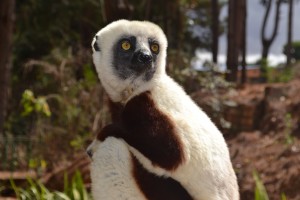
The beautiful Coquerel’s sifaka. I was lucky enough to be situated just a couple of feet from them on some days.
The beautiful Coquerel’s sifaka. I was lucky enough to be situated just a couple of feet from them on some days.
We did this by noting what behaviours we were interested in occurred within half hour periods, to determine whether or not they prioritised vigilance of human and predator presence over other important activities (such as feeding) when near human settlement. Coquerel’s Sifakas are endangered, and their habitat has now become so fragmented, they have little choice but to occupy trees near villages.
My experience of Madagascar was honestly one of the best times in my life. Not only did I make great friends in the students that were there, but I also got to know some fantastic local and Malagasy people. I learned a song in Malagasy (intimidating stuff- a huge proportion of the Malagasy people at camp were beautifully talented singers and musicians). I learned a few Malagasy words. Malagasy scientists passed on some invaluable knowledge to me.
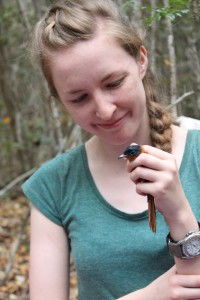
A photo of me during a mist-netting session.
The wildlife of Madagascar is so diverse and magical; it always felt more like a David Attenborough-narrated documentary than real life when I encountered new enigmatic flora and fauna. There are so many chameleons in Mariarano; I nearly stepped on one twice, while walking on the path through the local village. The lemurs there included mouse lemurs, avahi, mongoose lemurs, brown lemurs and sportive lemurs. The reptilian diversity was remarkable: we saw (and sometimes held!) ground boas, hognose snakes, leafnosed snakes, chameleons, and my favourite, leaf-tailed geckos. I was dumb and lucky enough to stumble upon a dried specimen of the smallest chameleon in the world (Brokesia micrus) behind a tree once, while looking for my study subjects. Entomological and ornithological diversity was also huge; bird mist-netting experience allowed me to hold some birds and properly admire their plumage and idiosyncrasies.
At camp, we were always immersed in nature. Mouse lemurs, brown lemurs and sifakas leaped through the trees above our heads. Frogs and spiders kept us company in the showers and toilets. Various insects fluttered across our laptop screens, attracted to their brightness at night. Birds called from deeper within the forest. Geckos watched you rest in the hammocks, and chameleons peered at you irritatedly from the ends of branches.
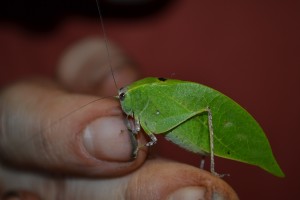
Our trip did have its discomforts, but we loved them too. “Bucket showers,” totally keep you clean, b’grand (well we were all in the same boat, and you get used to dumping cold water over your person). Long-drop, non-flushing toilets became a fact of life. Lack of contact with home was hard, but we didn’t particularly mind. Rice and beans for lunch every day (every, single day) isn’t such a big deal when you spot a lemur while you’re raising your spoon to your dusty face. We spent 12 hours in a cramped bus to get from the capital to the camp, and 5 hours off-road in an army pick-up. It sounds sweaty and awful. Well, it was sweaty, but it was in fact brilliant fun.
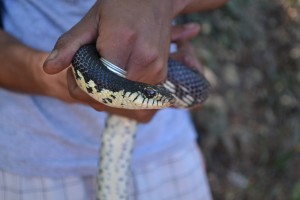
My stay in Madagascar was, as a budding zoologist, a bit of valuable in-field experience. My experience in Madagascar as a person was a bit of valuable life-enriching experience. It made me all the more determined to do the best I could for our natural world, and for the organisms that continue to try to exist within it despite over-whelmingly powerful and pre-dominantly damaging anthropogenic impact. The biodiversity in Madagascar is shrinking along with its depleting forest. Passionate biologists from all around the world need to work together to uncover the mysteries of a country so varying in landscape and habitat. Another vitally important component of saving a country’s biodiversity, is understanding its people. Those native to Mariarano love the land they come from; they rely on it daily for raw materials and natural resources. By creating sustainable alternatives to deforestation for rice paddies and other industrial endeavours, it may be possible to ensure these people enjoy their forests forever. Because, if you take our current attitude to nature as permanent, the natural world as we experience it is finite.
This contribution was written by Irene, a final year Zoology student.


